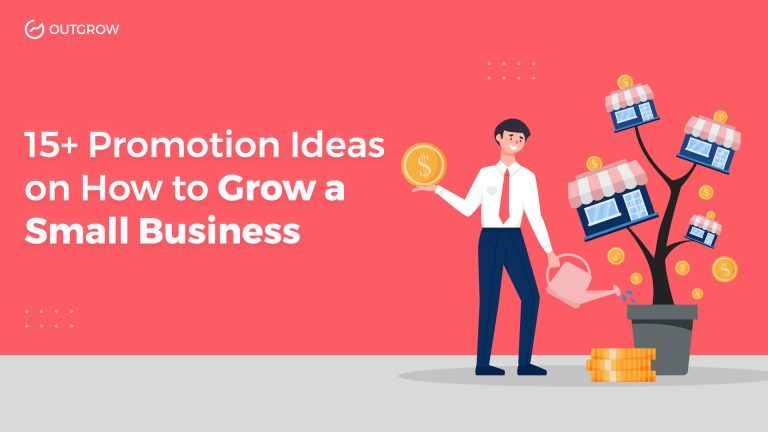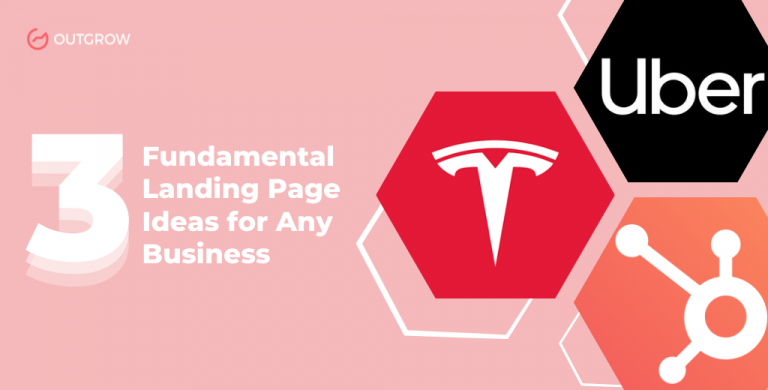8 E-Commerce Email Marketing Best Practices
This blog details the best practices for e-commerce email marketing and recent trends concerning the same.
$3.5 trillion USD.
That’s how much worldwide e-commerce sales are expected to be worth in 2019. That’s a lot of dollars and cents, and industry experts predict it will top $4.8 trillion USD by 2021.
How much of that are you taking?
Consider:
- There are 1.92 billion digital consumers in 2019 – or roughly 25% of the world’s total population – with an anticipated 2.14 billion by 2021
- E-commerce accounted for 10.2% of worldwide retail sales in 2017, 13.7% this year, and is expected to represent 17.5% by 2021
- Experts believe that up to 95% of purchases will be made online by 2040
- 69% of smartphone users and 71% of tablet users are influenced by emails from a brand or business, which is more than online ads and Facebook, and second only to recommendations from friends
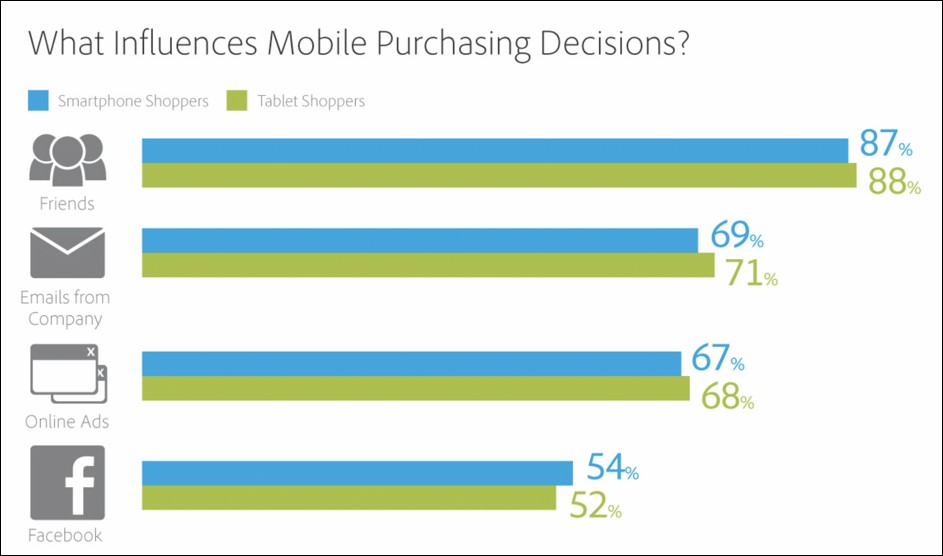
If you don’t yet have an e-commerce website for your business, get one. If you do have one, start promoting it more and grab a bigger slice of that trillion-dollar pie.
The best tactic? Email marketing.
Email Marketing for E-commerce
To get the word out, you could try social media marketing, PPC ads, influencer marketing, and/or organic traffic via SEO. These are all well worth the investment of time and money to spread awareness of you and your brand.
Resource: Guide To E-Commerce SEO
However, as good as those channels can be, none of them hold a candle to email marketing. Whether cold email, or triggered and behavioral campaigns, email outperforms them all:
- The average open rate across all industries was 35%, while the average click-through rate is 5.46% in a study of over 9 billion email messages sent by 4000 e-commerce businesses
- Email is a whopping 40x more effective at customer acquisition than both Facebook and Twitter
- You’re 6x more likely to get a click via email than a tweet
- Email delivers an unearthly return-on-investment of 4400% or $44 for every $1 spent
Sounds too good to be true, right? It can be, because there’s a difference between doing email marketing and doing it well.
Here’s how to do email marketing the right way for maximum impact.
1. Scrub and Segment Your List
They say cleanliness is next to godliness. When it comes to your email list, it’s even more important. You’ve got to scrub your list.
A clean list is a current and up-to-date list. Studies show that a list will degrade by an average of 22% per year in the best of times, so it’s crucial to remove dead, invalid, unengaged, and bad addresses regularly and frequently.
Why? Because too many hard and soft bounces, unsubscriptions, and complaints can negatively affect your sender reputation (more on that in a minute). The lower it goes, the harder it becomes to get your emails delivered, opened, and clicked.
One of the fastest and easiest ways to scrub and clean is to use a verification tool, to remove hard bounces right away, and soft bounces after just a couple of attempts. Don’t wait too long.
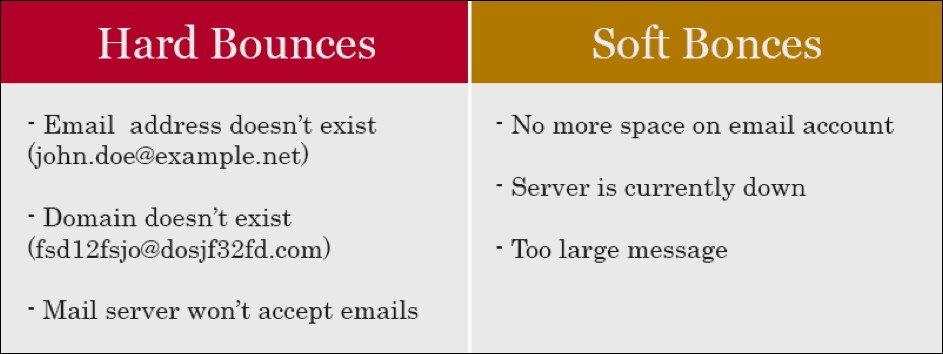
Next, you need to break your list into smaller segments that share some characteristic or quality. This is email personalization at work, and it can give your deliverability and open rates a sweet boost.
You can segment by geographics, demographics, psychographics, behavioral, and more. The data suggests the smaller the segment, the better.
An unsegmented list in one study had an average customer value of $28. That figure jumped to an average of $42 when segmented, with the VIP segment bringing in $150 per recipient.
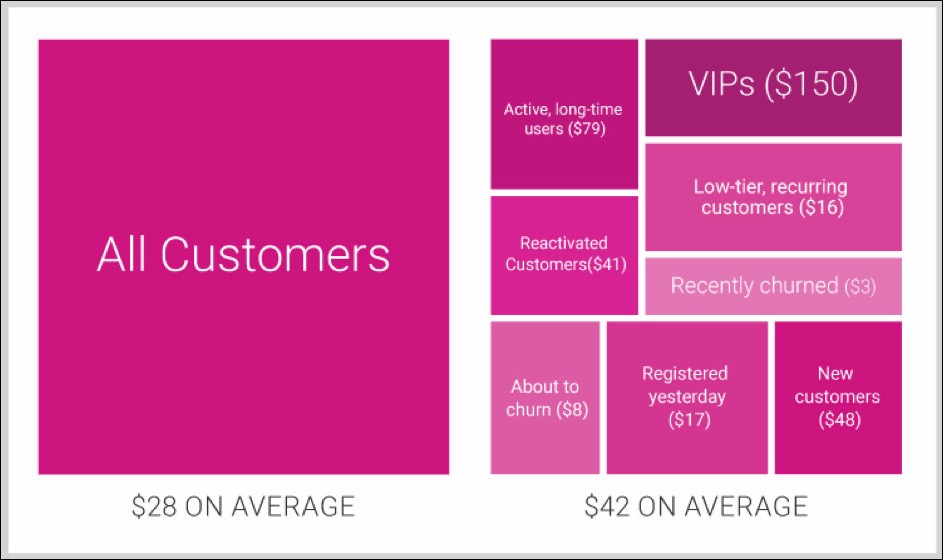
Scrub. And segment.
2. Include Interactive Content
According to a study, the number reason why customers leave a company is if they believe that the company doesn’t care about them. The best way to get around this is to provide customers with exactly the kind of information and services they require. Personalize your contact with the customer.
Embedding interactive content like product recommendations quizzes in your emails allows you to do just that.
Also Read: Why Product Recommendation Quizzes
Say, one of your potential customers has spent a lot of time browsing the sports watch section of your website. You can send him/her an email that includes an interactive experience like this one:

3. Cultivate a Stellar Sender Reputation
There’s a lot that happens when you hit the ‘send’ button. Your sending reputation and sender score are two big factors that determine whether your messages make it through the filters and into the inbox.
Read up on both and follow the recommendations to maximize each one and increase your overall deliverability.
4. Automate the Process
Automated campaigns and flows mean you’ll never miss a chance to reach out, nurture, convert, or retain. 24/7/365.
Tools like Mailshake and Right Inbox allow you to a) personalize at scale, b) never miss an opportunity to engage, and c) schedule emails to go out any time, day or night, regardless of where you are or what you’re doing.
Most email automation tools have an option to enable the email security protocols so you don’t have to check SPF record to make sure your emails are not going to spam.
And don’t forget to schedule automatic follow-ups, too. They are frequently the difference between decent results and spectacular ones.
5. Utilize Welcome Emails
Emails based on certain triggers or user behavior are the most effective and impactful.
When someone signs up, registers, or downloads, send them a welcome email immediately. When you send a welcome email to a new blog or newsletter subscriber, or to a new customer, you’re making a first impression on behalf of your brand. Check out Hubspot’s piece on examples of welcome emails to inspire your own strategy
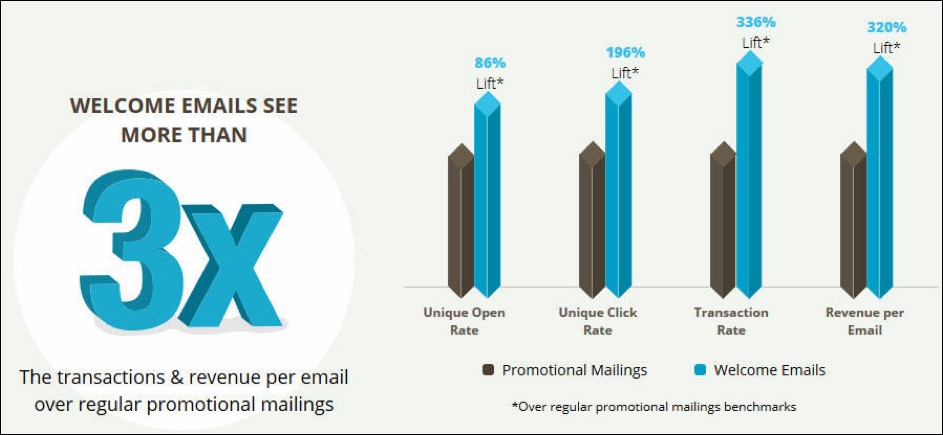
- Welcome emails have an average 50% open rate and can be as high as 91.43% in some studies
- They generate 4x more opens and 5x more clicks.
- 74% of subscribers expect them.
- Welcome emails have an average conversion rate of 2.24%
It’s a golden opportunity to engage and get your message across. Build a relationship.
6. Leverage Abandoned Cart Emails
The average documented online cart abandonment rate is 69.57%. Can you afford to let 70% of your potential customers go without a fight?
The humble abandoned cart follow-up email has an average open rate of 45%, compared to an average of 15.66% for e-commerce in general. We’ve all received them at some point, and they typically are the little nudge we need: 50%+ of recipients end up buying.
Do it. Automate it.
7. Craft the Perfect Subject and First Lines
47% of email users decide whether to open an email based on the subject line alone. It has to be clear, concise and personalized if you want that all-important click.
Many email apps also display the first line of your message, so use that to enhance the subject line itself. Create a little urgency, excitement, or curiosity. Use power words. Avoid spammy words. And monitor, track, test, and tweak to optimize and zero in on the perfect subject and first lines for your audience.
Follow subject line best practices and be best.
8. Optimize for Mobile
Most emails are opened on a smartphone these days.
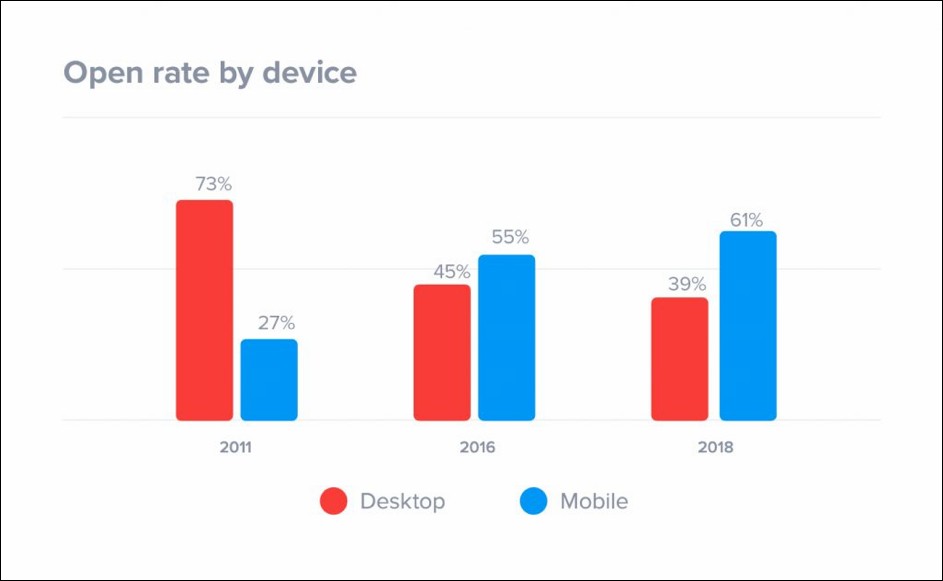
And if someone receives an email that’s not optimized for mobile, 80.3% will delete it immediately, and roughly 30% will unsubscribe from your list.
The good news? Reputable email providers have built-in mobile optimization and responsive design.
Keep your subject lines between 25-30 characters so they don’t get cut off. Use single column designs. Buttons between 45-57px work well because that’s the average size of an adult index finger.
Be mobile-friendly.
There are somewhere between two and three million e-commerce stores worldwide, not counting China. That’s a lot of competition.
To compete, you’ve got to use email in your marketing and communication. To stand out, you’ve got to use it well.
Follow these seven best practices and be well.
How do you use email in your e-commerce efforts? Do let us know!
If you want to learn more about ecommerce marketing in general, check out our guide below!
Author’s Bio
Sujan Patel is the co-founder at Ramp Ventures. He has over 14 years of marketing experience and has led the digital marketing strategy for companies like Salesforce, Mint, Intuit and many other Fortune 500 caliber companies. Sujan’s goal is to help entrepreneurs and marketers scale their businesses.



